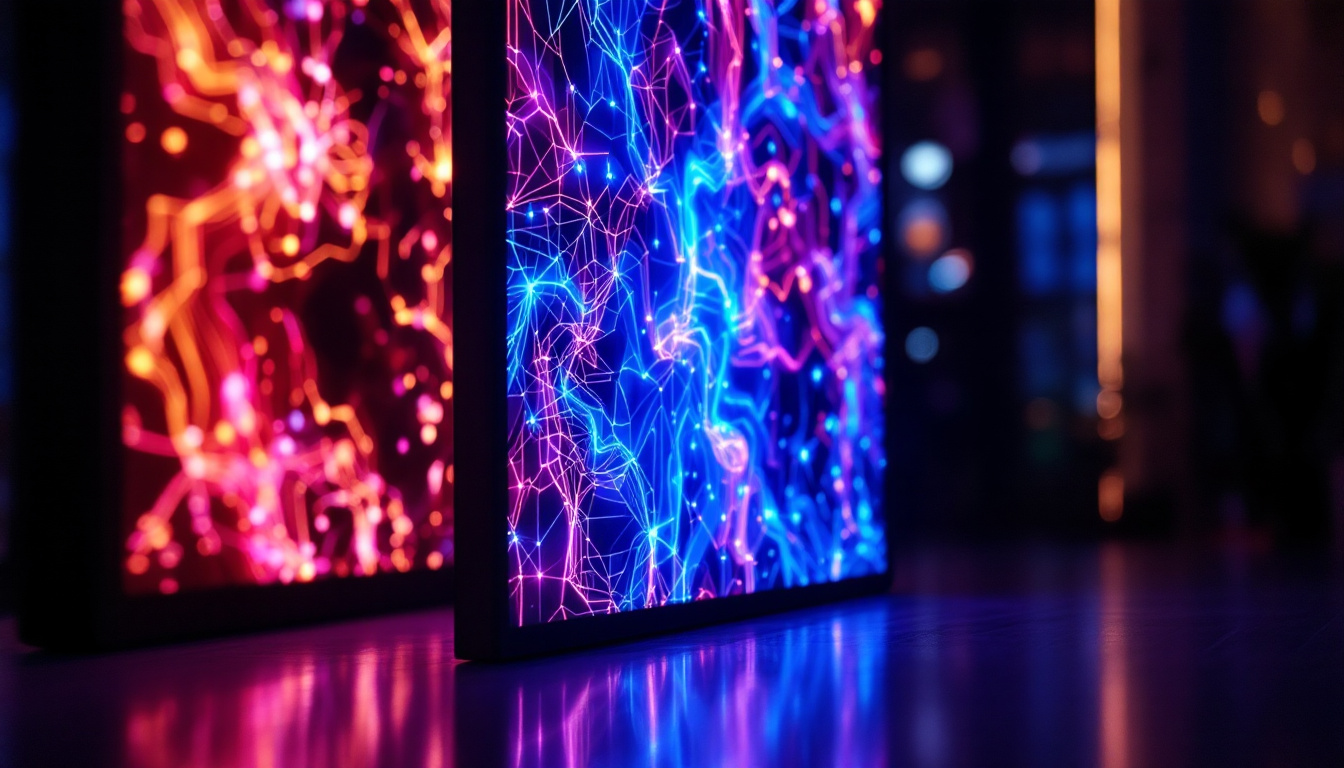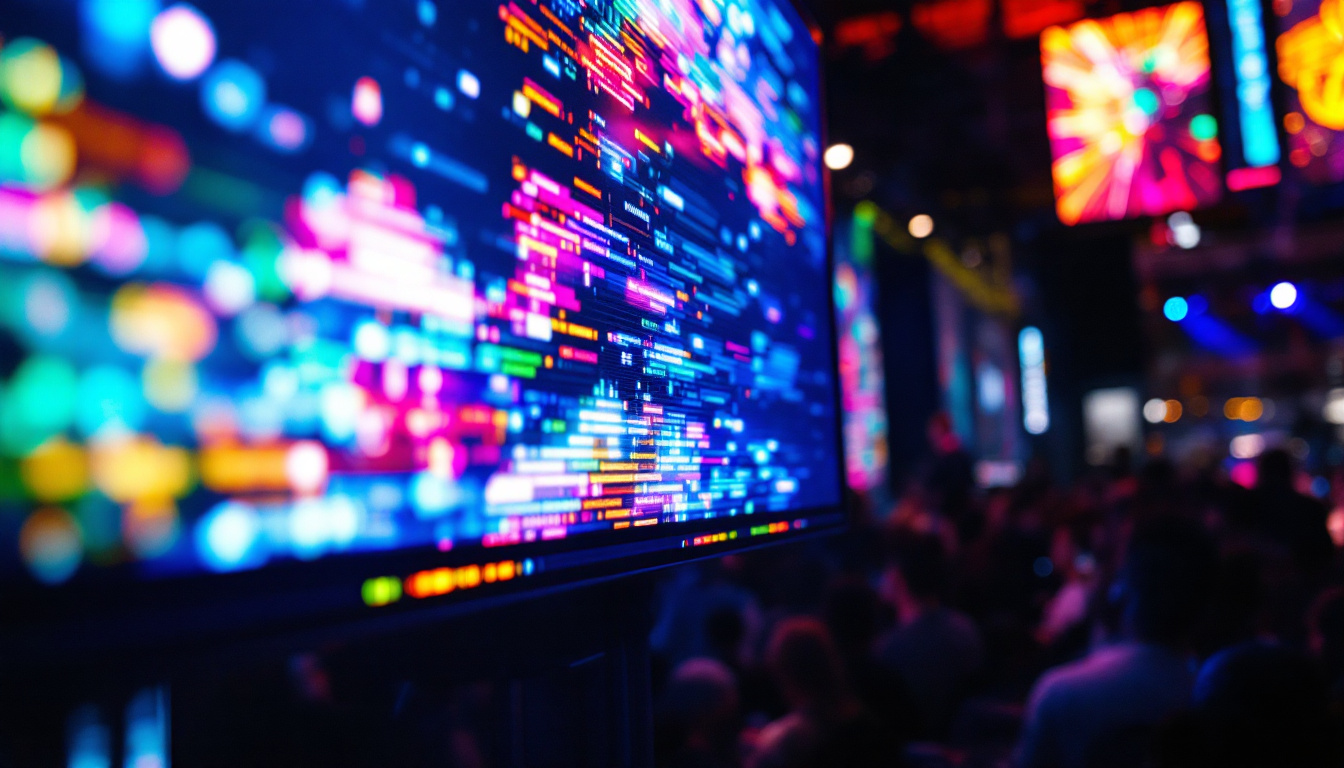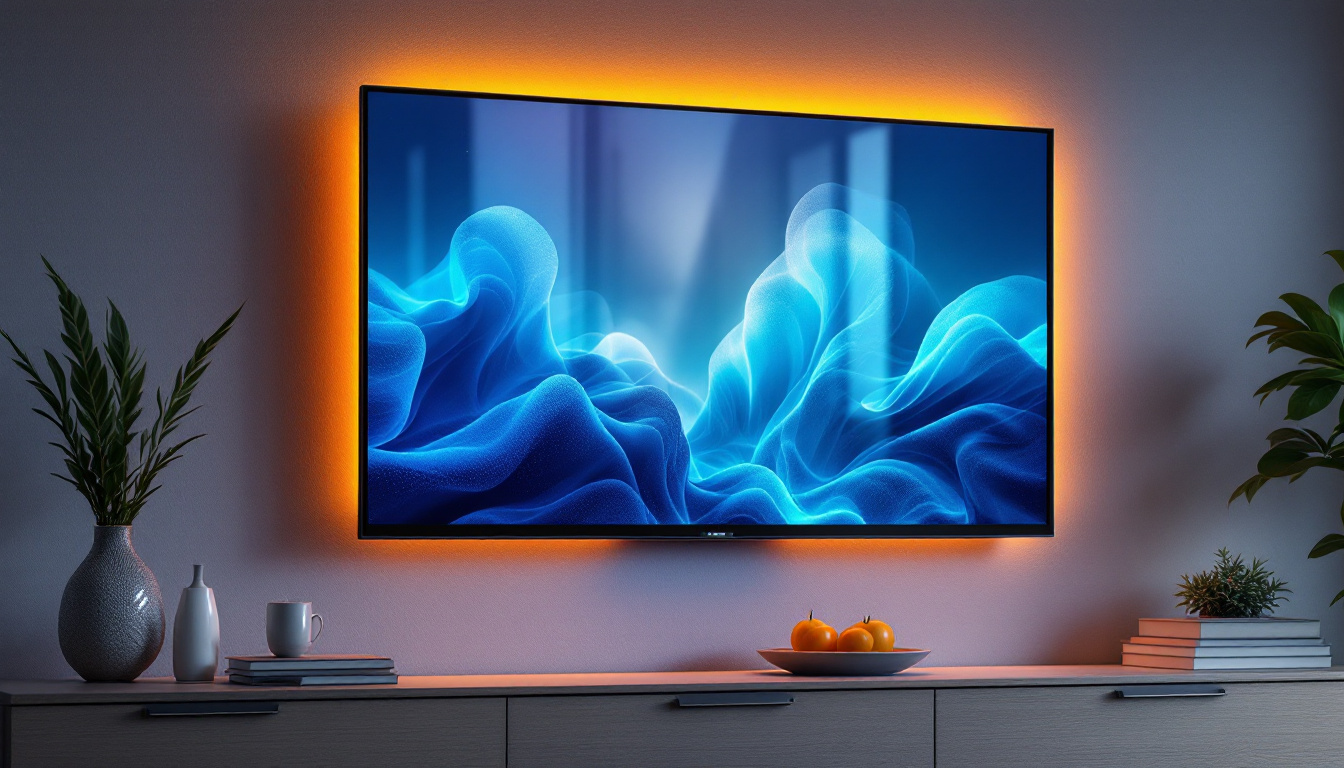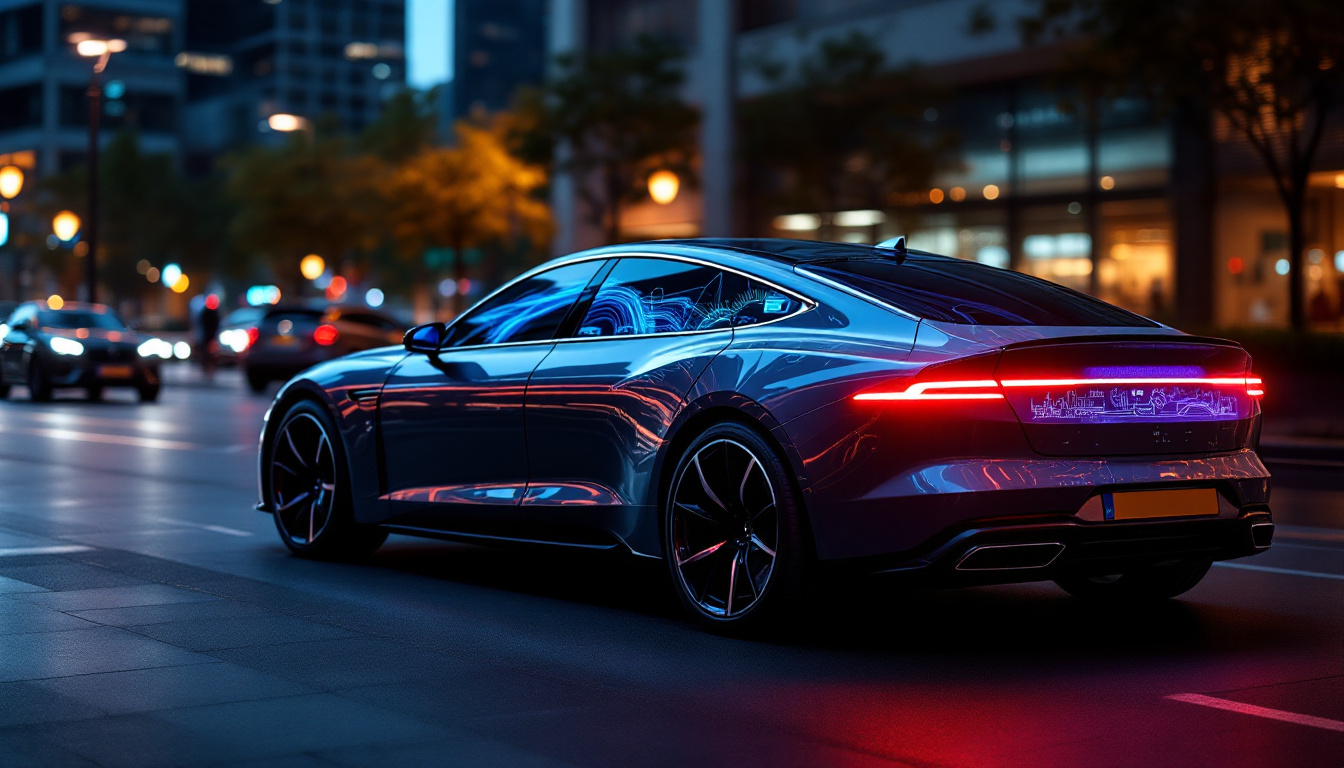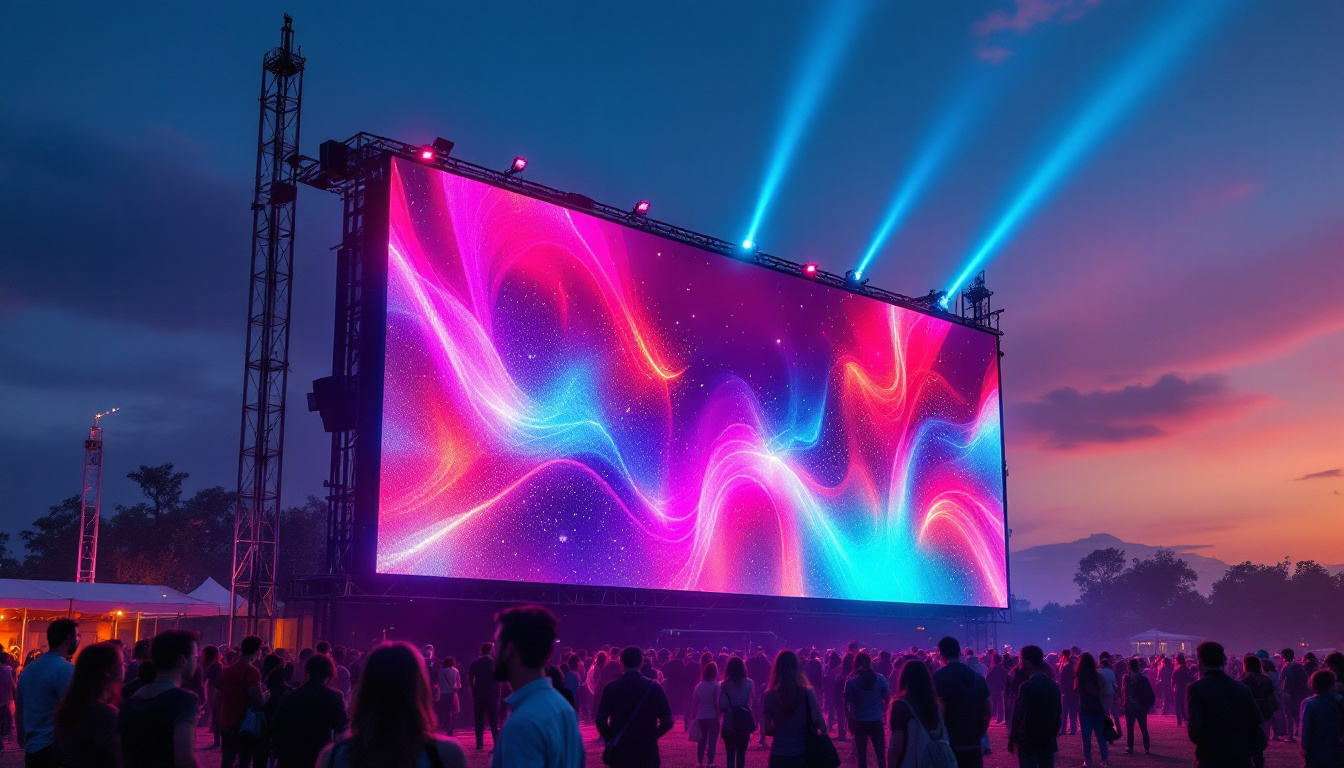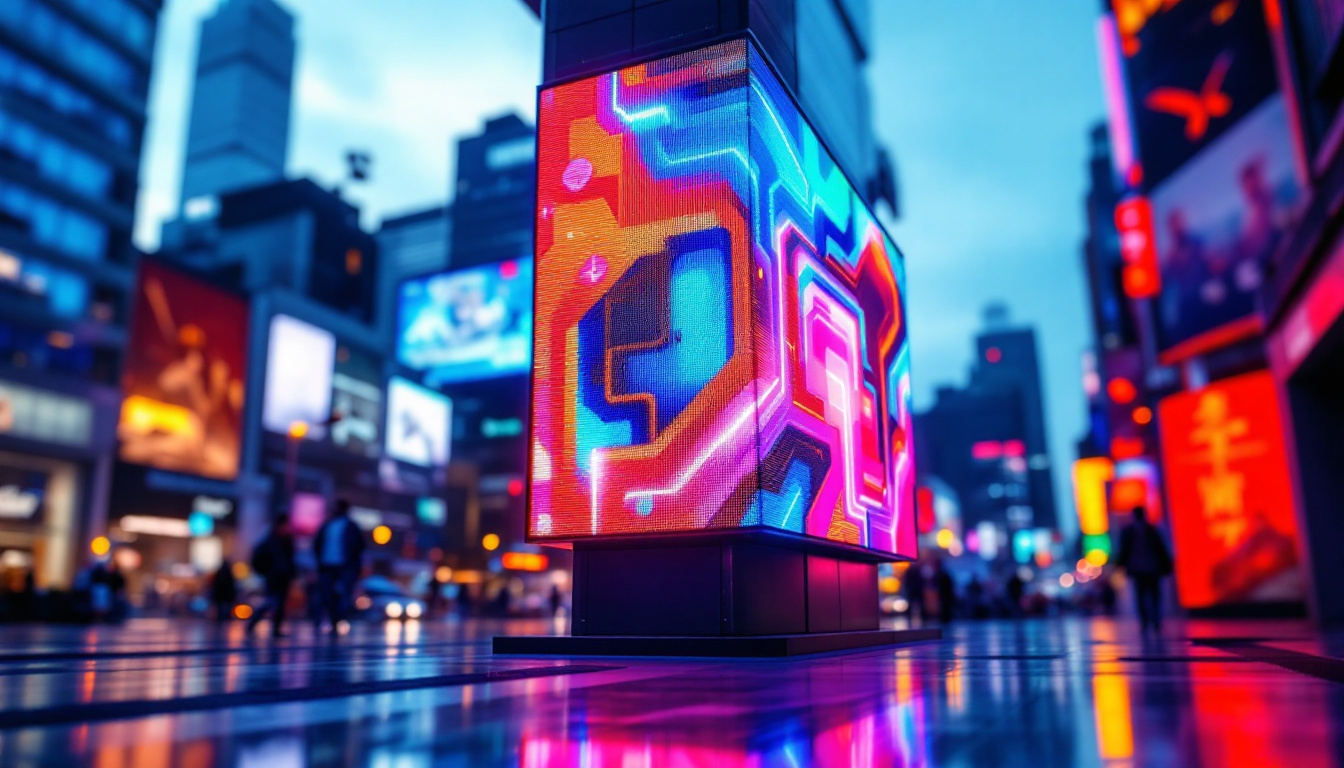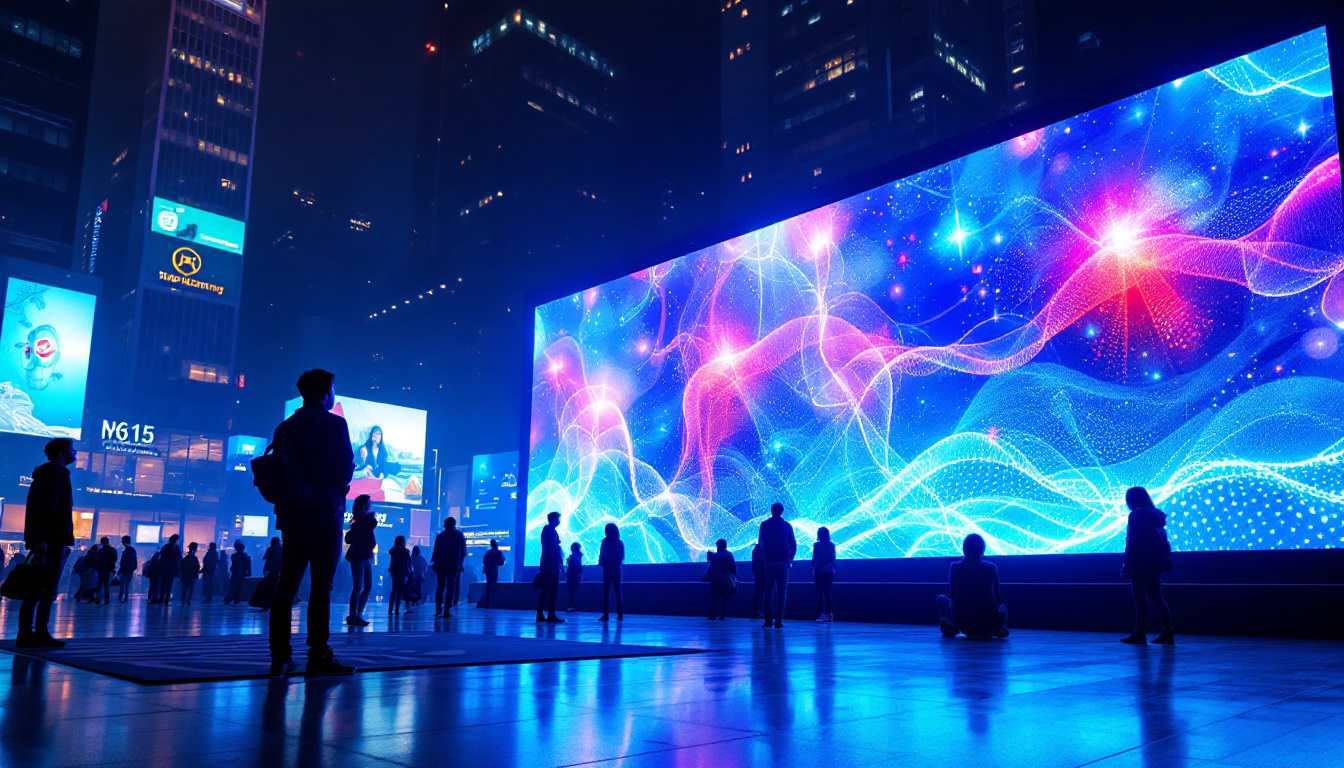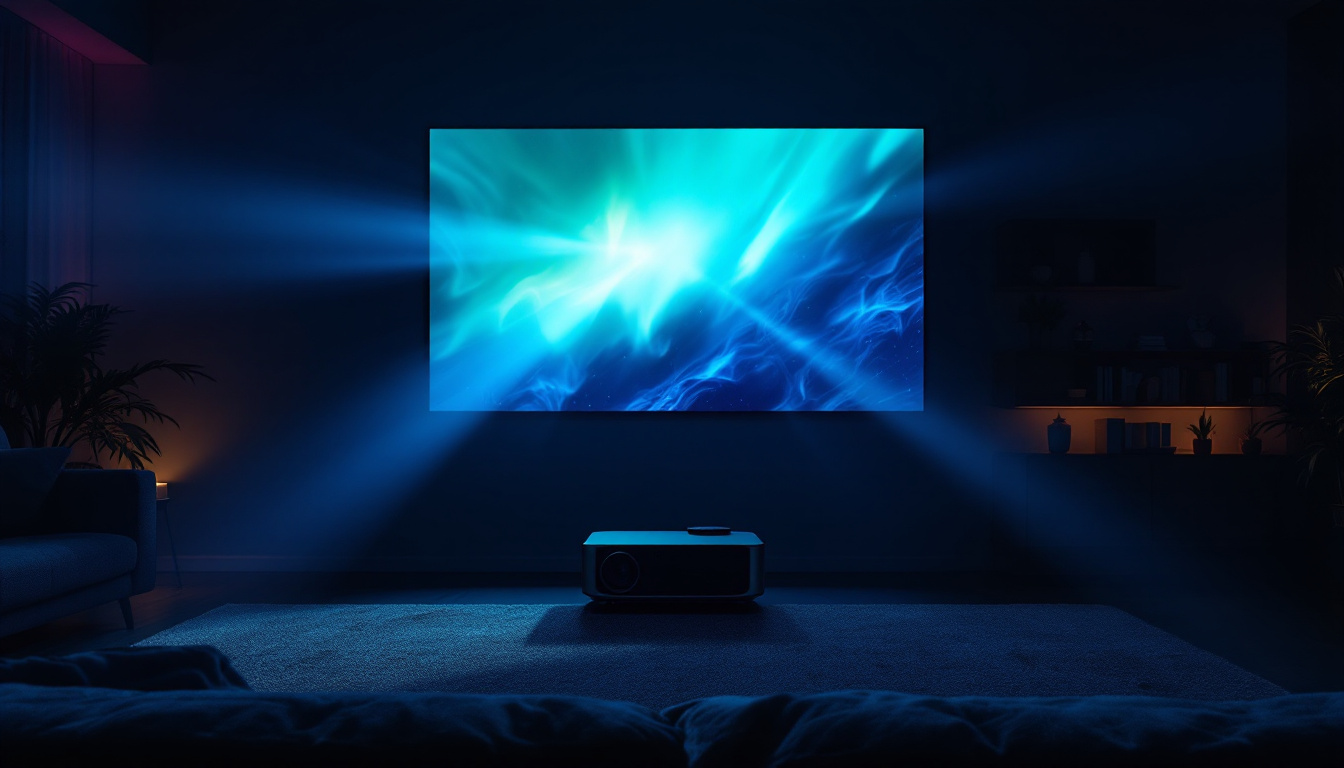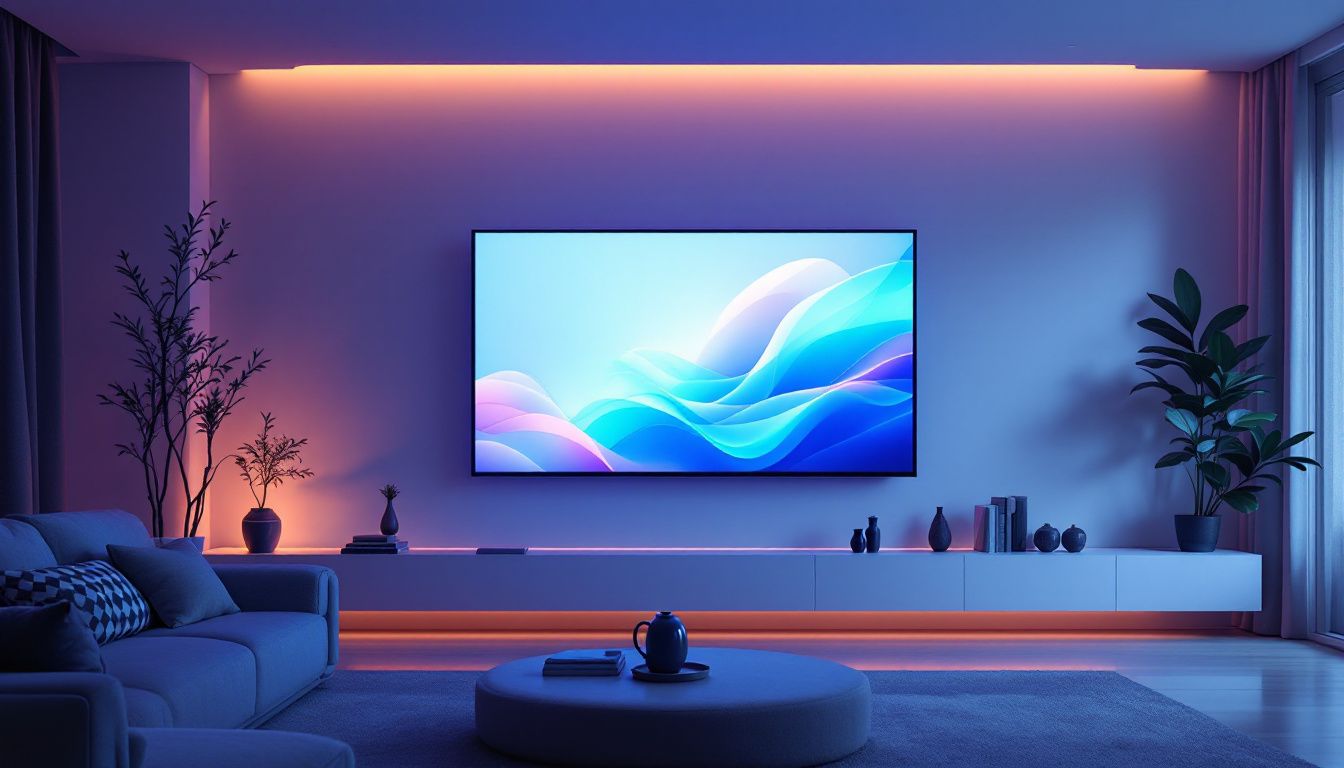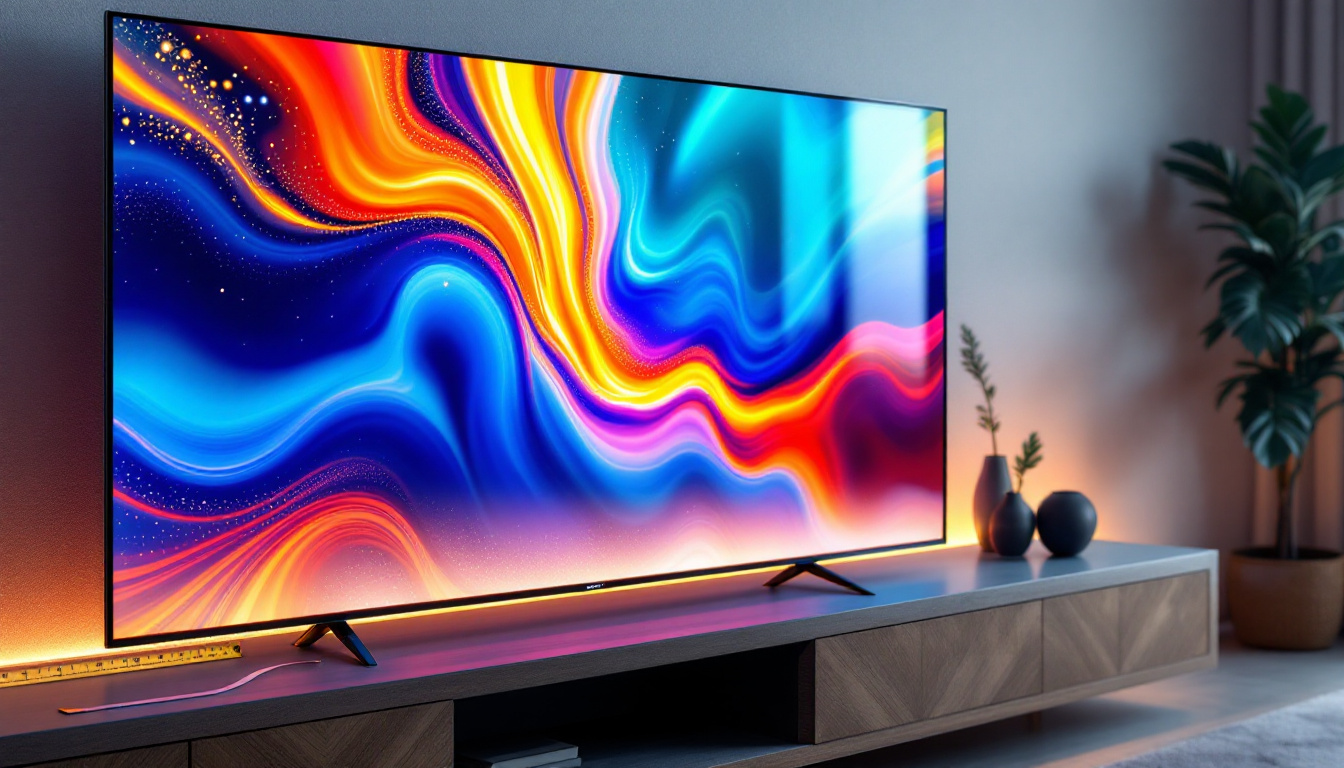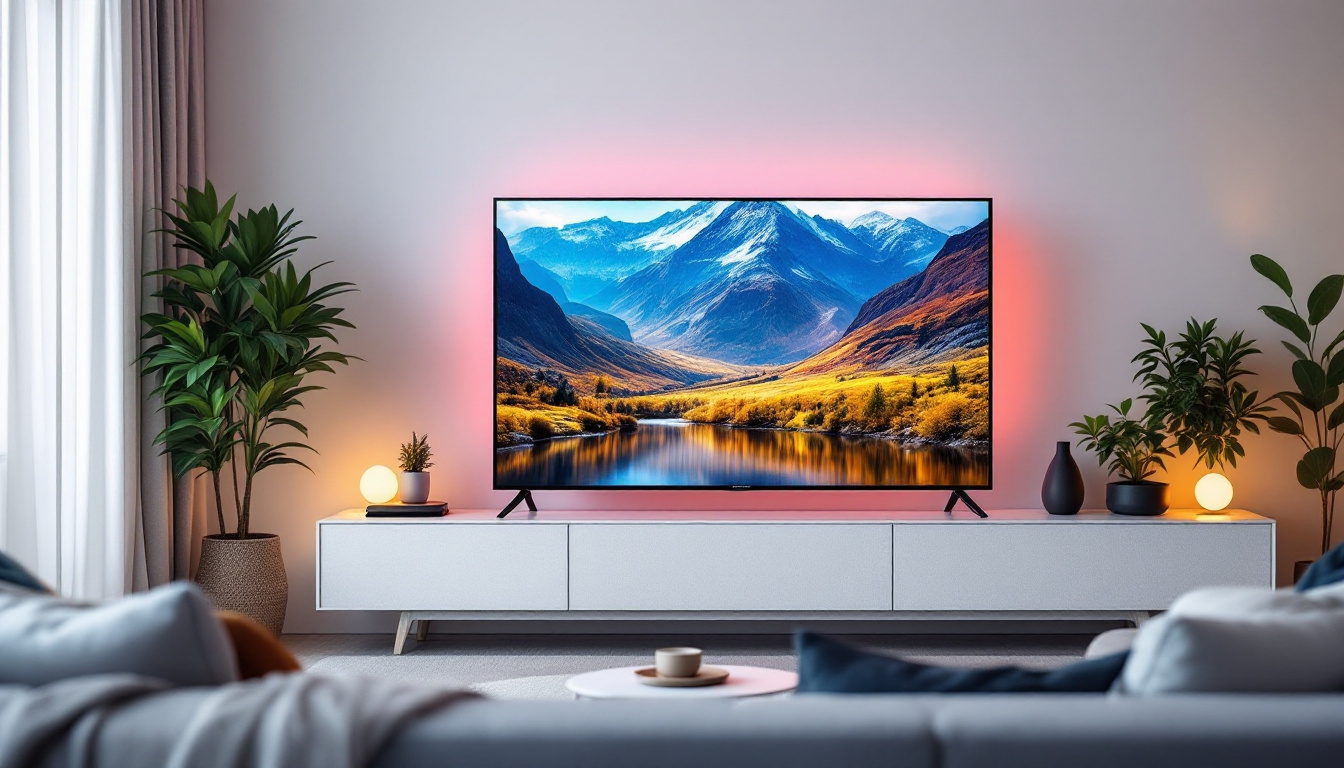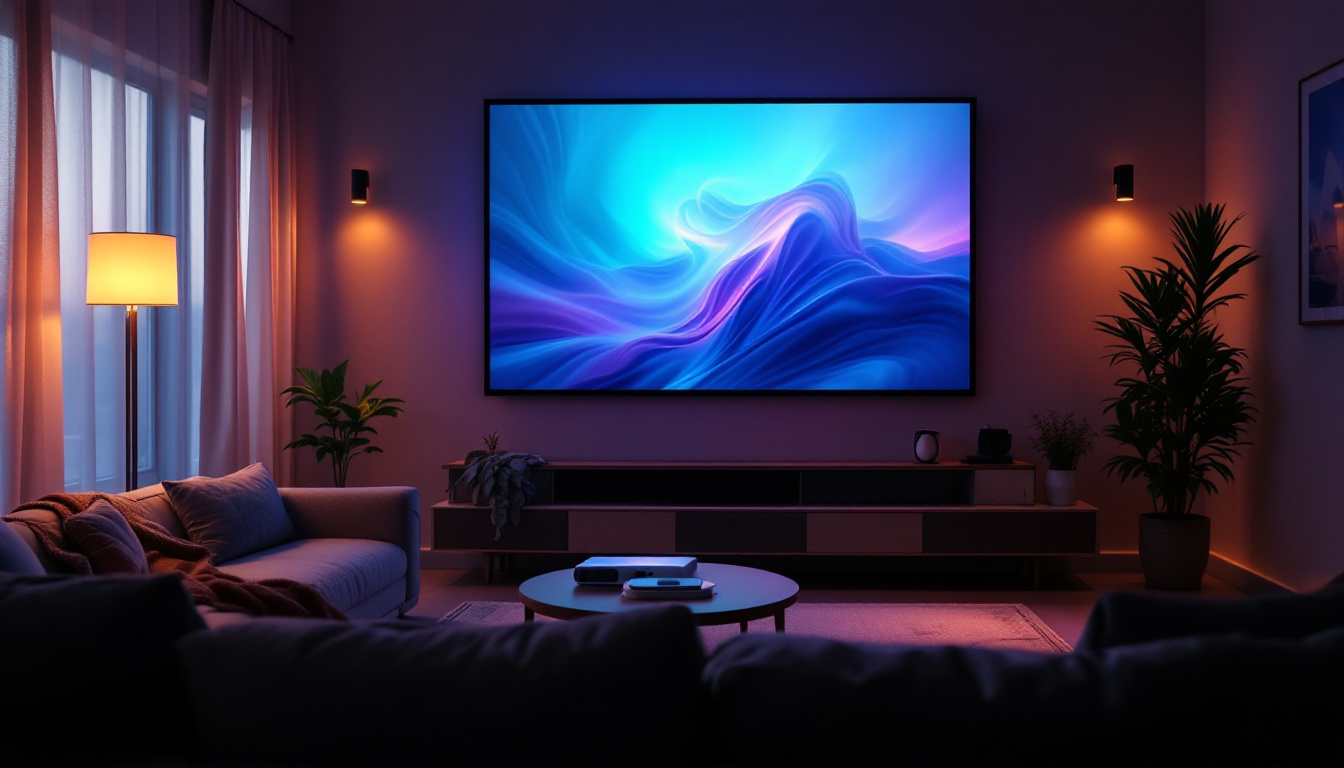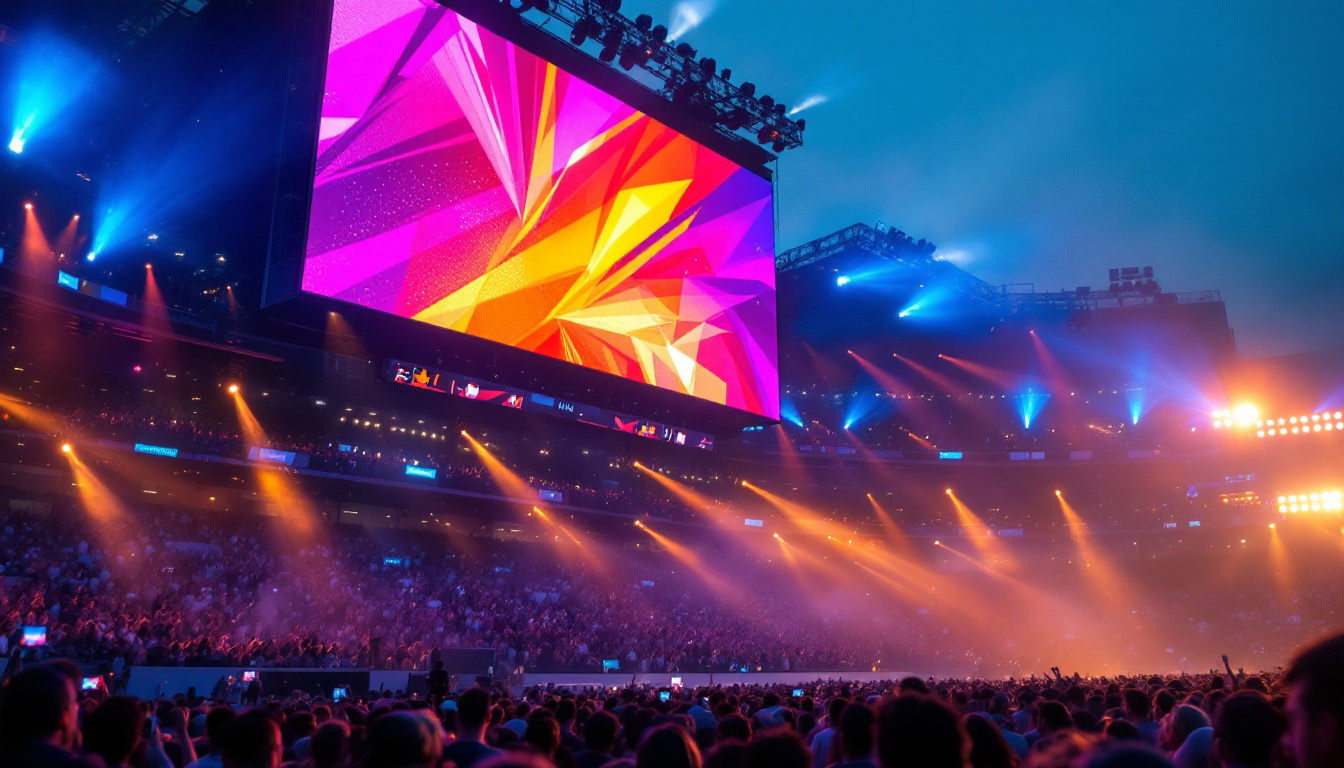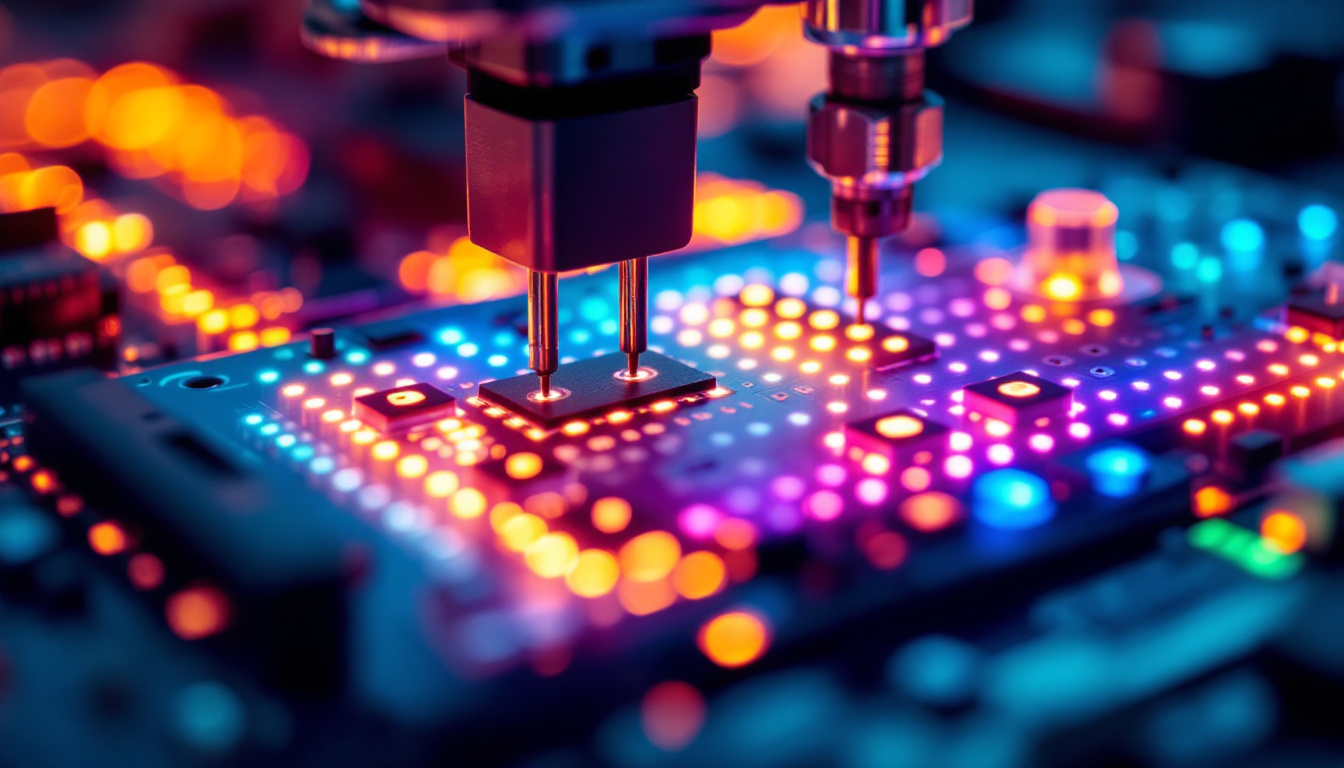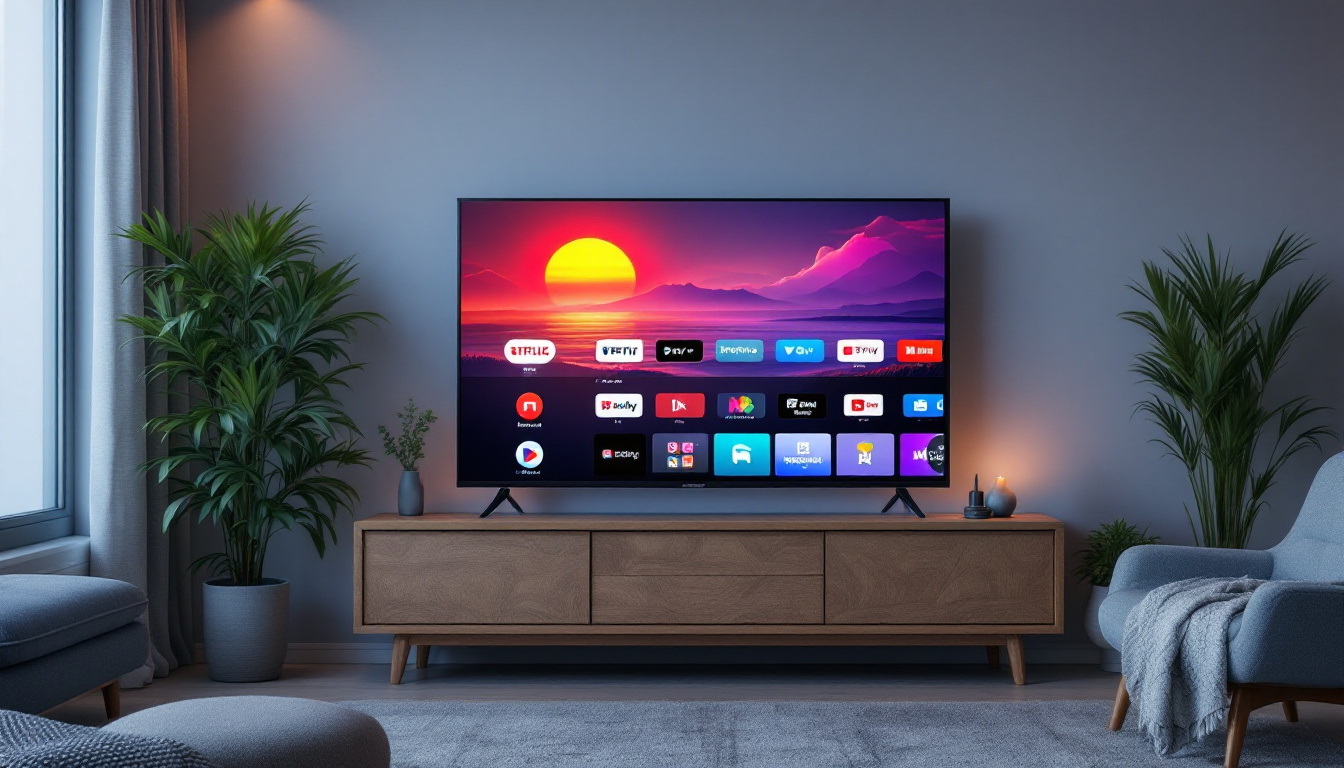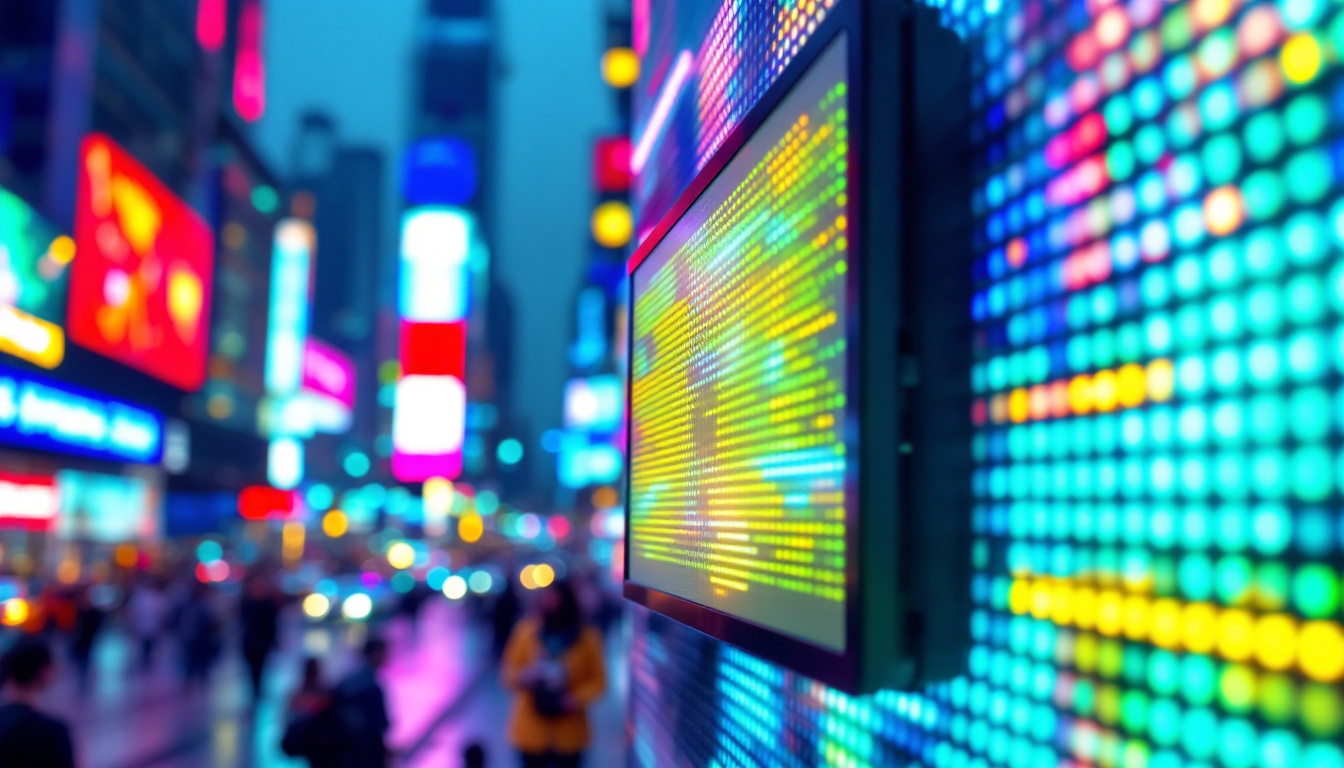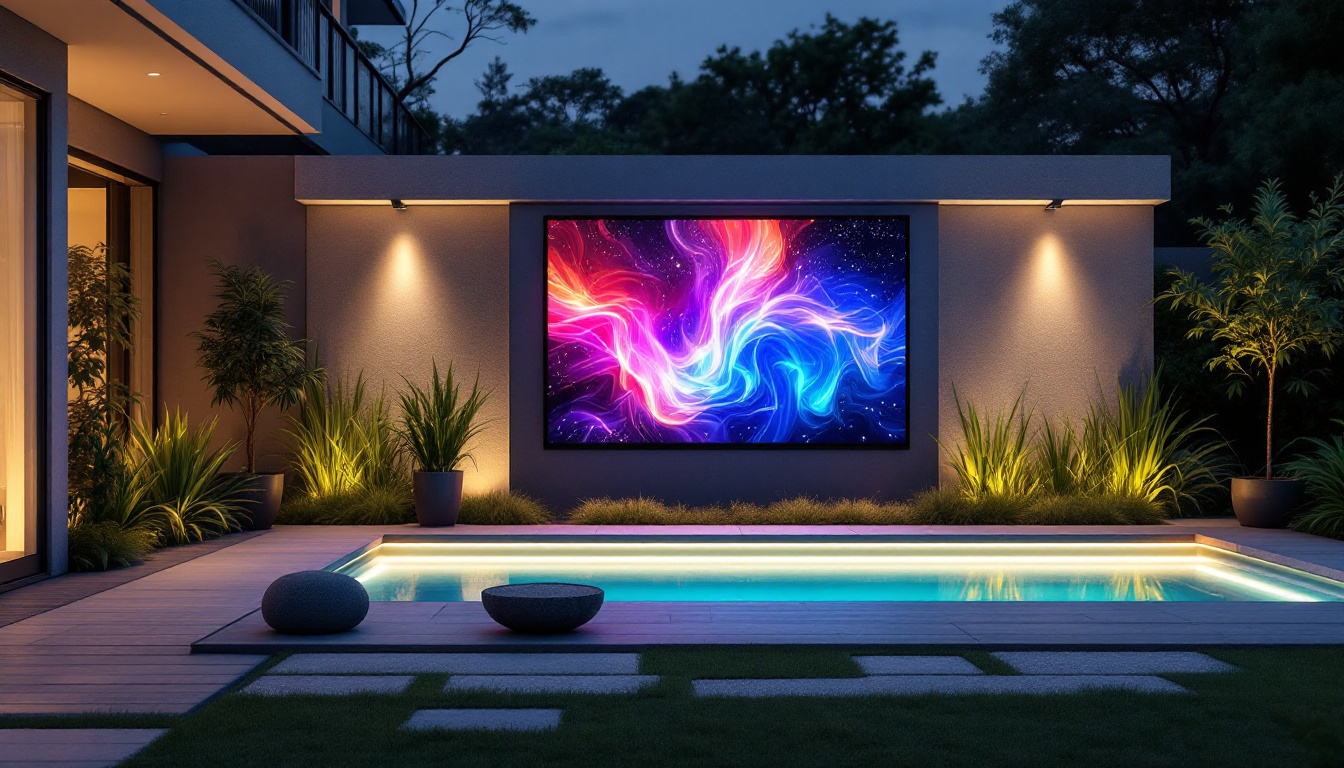In the world of modern display technology, electro luminescent panels have emerged as a significant player, offering unique advantages that cater to various applications. These panels are often compared to traditional LED displays, yet they possess distinctive characteristics that set them apart. This article delves into the intricacies of electro luminescent panels, exploring their functionality, advantages, and applications, while also contrasting them with conventional LED displays.
Understanding Electro Luminescent Panels
Electro luminescent (EL) panels are flat light-emitting devices that produce light when an electric current passes through a phosphorescent material. This phenomenon occurs due to the excitation of electrons within the material, which subsequently releases energy in the form of light. The result is a uniform and diffuse light source that can be used in various settings, from ambient lighting in homes to intricate displays in commercial environments.
The Mechanism Behind Electro Luminescence
The core mechanism of electro luminescence involves the interaction between electric fields and phosphor materials. When a voltage is applied across the panel, electrons are energized and move through the phosphor layer, causing it to emit light. This process is different from that of LEDs, which rely on semiconductor materials to produce light through electroluminescence. In fact, the light emitted by EL panels is often softer and more evenly distributed than that from traditional LED sources, making it particularly appealing for applications requiring gentle illumination.
Electro luminescent panels typically consist of several layers, including a substrate, conductive layers, phosphor layers, and protective coatings. The substrate provides structural support, while the conductive layers facilitate the flow of electricity. The phosphor layer is where the actual light emission occurs, and the protective coating ensures durability and longevity. Additionally, the choice of phosphor material can greatly affect the color and intensity of the emitted light, allowing for customization based on specific needs or aesthetic preferences.
Types of Electro Luminescent Panels
There are primarily two types of electro luminescent panels: thin-film EL panels and thick-film EL panels. Thin-film panels are known for their flexibility and lightweight nature, making them suitable for applications where space and weight are critical factors. Thick-film panels, on the other hand, are more robust and durable, often used in industrial and outdoor settings. The versatility of these panels allows them to be integrated into various products, from automotive dashboards to wearable technology.
Each type has its unique advantages and drawbacks, which can influence the choice of panel depending on the intended application. For instance, thin-film panels may be preferred for portable devices, while thick-film panels may be ideal for signage and displays that require higher durability. Furthermore, the potential for EL panels to be manufactured in various shapes and sizes opens up innovative possibilities in design, allowing architects and designers to incorporate lighting solutions that are not only functional but also visually striking. This adaptability has led to a growing interest in the use of electro luminescent technology in modern art installations and interactive displays, where the interplay of light and space can create immersive experiences for viewers.
Advantages of Electro Luminescent Panels
Electro luminescent panels offer a range of benefits that make them an attractive option for various applications. Their unique properties can enhance visibility, energy efficiency, and design flexibility.
Energy Efficiency
One of the standout features of electro luminescent panels is their energy efficiency. These panels consume significantly less power compared to traditional LED displays, making them an eco-friendly choice. The low energy consumption is particularly beneficial in applications where power availability is limited or where long-term operational costs are a concern.
Additionally, the uniform light distribution of EL panels means that they can provide effective illumination without the need for excessive brightness, further contributing to their energy efficiency. This characteristic is especially advantageous in applications such as backlighting for displays and signs.
Design Flexibility
Electro luminescent panels are incredibly versatile in terms of design. They can be manufactured in various shapes, sizes, and colors, allowing for creative and innovative applications. This flexibility makes them ideal for use in advertising, interior design, and artistic installations.
Moreover, the thin and lightweight nature of EL panels enables their integration into a wide range of products, from wearable technology to automotive displays. The ability to create custom shapes and designs opens up possibilities for unique branding and marketing strategies.
Durability and Longevity
When properly manufactured and maintained, electro luminescent panels can boast impressive durability and longevity. They are typically resistant to environmental factors such as moisture and temperature fluctuations, making them suitable for both indoor and outdoor applications.
Furthermore, EL panels do not contain fragile components like glass, which are commonly found in traditional LED displays. This robustness contributes to a lower risk of damage, ensuring that the panels can withstand the rigors of everyday use.
Applications of Electro Luminescent Panels
The versatility of electro luminescent panels has led to their adoption across various industries and applications. From advertising to safety signage, these panels have proven their efficacy in numerous settings.
Advertising and Branding
In the advertising realm, electro luminescent panels are increasingly used for eye-catching displays. Their ability to emit bright and vibrant colors makes them ideal for attracting attention in crowded environments. Businesses can leverage EL panels to create dynamic and engaging advertisements that stand out from traditional static displays.
Moreover, the design flexibility of EL panels allows brands to create unique shapes and designs that align with their branding strategies. This customization can enhance brand recognition and create a memorable impression on consumers.
Automotive Displays
Electro luminescent panels are also making waves in the automotive industry. They can be used for dashboard displays, ambient lighting, and even exterior lighting elements. The thin profile and lightweight nature of EL panels make them suitable for integration into vehicles without adding significant weight.
Additionally, the durability of EL panels ensures that they can withstand the harsh conditions often encountered in automotive applications. This reliability is crucial for maintaining functionality and aesthetics over time.
Safety Signage and Indicators
Safety signage is another critical application for electro luminescent panels. Their bright and uniform illumination makes them highly effective for emergency exit signs, hazard warnings, and other safety indicators. In low-light conditions, EL panels can enhance visibility and ensure that important information is easily seen.
Furthermore, the energy efficiency of EL panels means that they can remain illuminated for extended periods without significant power consumption. This feature is particularly valuable in emergency situations where reliable lighting is essential.
Comparing Electro Luminescent Panels and LED Displays
While electro luminescent panels and LED displays share some similarities, they also have distinct differences that can influence the choice between the two technologies. Understanding these differences is crucial for making informed decisions regarding display options.
Brightness and Color Range
LED displays are known for their high brightness levels and wide color range, making them suitable for applications that require vibrant visuals. In contrast, electro luminescent panels typically emit softer light and may have a more limited color range. This characteristic can make EL panels less suitable for applications where intense brightness and vivid colors are essential.
However, the softer light emitted by EL panels can be advantageous in certain contexts, such as backlighting for screens or ambient lighting in interior spaces. The choice between the two technologies often depends on the specific requirements of the application.
Response Time and Refresh Rate
LED displays generally have faster response times and higher refresh rates compared to electro luminescent panels. This capability makes LED displays ideal for dynamic content, such as video playback and real-time information updates. In contrast, EL panels may not perform as well in applications that require rapid changes in imagery.
For static displays or applications where content changes infrequently, the slower response time of electro luminescent panels may not pose a significant issue. Understanding the intended use case can help determine which technology is more suitable.
Cost Considerations
Cost is another important factor when comparing electro luminescent panels and LED displays. Generally, LED technology tends to be more expensive upfront due to the complexity of manufacturing and the materials used. However, the long-term operational costs of electro luminescent panels may be lower due to their energy efficiency and durability.
Ultimately, the decision regarding which technology to use should consider both initial investment and long-term operational costs, as well as the specific needs of the application.
The Future of Electro Luminescent Panels
As technology continues to evolve, the future of electro luminescent panels looks promising. Ongoing research and development efforts aim to enhance the performance and capabilities of these panels, making them even more versatile and efficient.
Advancements in Materials
One area of focus for future advancements is the development of new materials that can improve the efficiency and brightness of electro luminescent panels. Researchers are exploring innovative phosphor materials and substrates that can enhance light emission and reduce power consumption.
These advancements could lead to the creation of thinner, lighter, and more efficient panels that can be used in an even wider range of applications. The potential for improved performance could further solidify the position of electro luminescent panels in the display technology landscape.
Integration with Smart Technologies
Another exciting prospect for the future of electro luminescent panels is their integration with smart technologies. As the Internet of Things (IoT) continues to expand, the ability to connect EL panels to smart devices could open up new possibilities for interactive displays and dynamic content.
Imagine a world where electro luminescent panels can change color or brightness based on environmental conditions or user preferences. This level of interactivity could revolutionize advertising, interior design, and even safety signage.
Conclusion
Electro luminescent panels represent a unique and versatile technology that offers numerous advantages over traditional LED displays. With their energy efficiency, design flexibility, and durability, these panels are well-suited for a variety of applications, from advertising to safety signage.
While they may not replace LED displays in all scenarios, understanding the strengths and limitations of electro luminescent panels can help businesses and individuals make informed decisions about their display needs. As advancements in materials and technology continue to emerge, the future of electro luminescent panels holds exciting potential, paving the way for innovative applications and enhanced user experiences.
Discover Cutting-Edge LED Displays with LumenMatrix
As you consider the future of display technology for your business or project, LumenMatrix stands at the forefront, ready to illuminate your vision with our innovative LED display solutions. Embrace the power of state-of-the-art LED display modules that not only enhance brand visibility but also create immersive visual experiences. From Indoor and Outdoor LED Walls to specialized solutions like Vehicle Displays, LED Posters, and Transparent Displays, LumenMatrix is committed to revolutionizing visual communication. Elevate your engagement and captivate your audience with clarity and impact. Check out LumenMatrix LED Display Solutions and step into the future of vibrant, dynamic signage.

